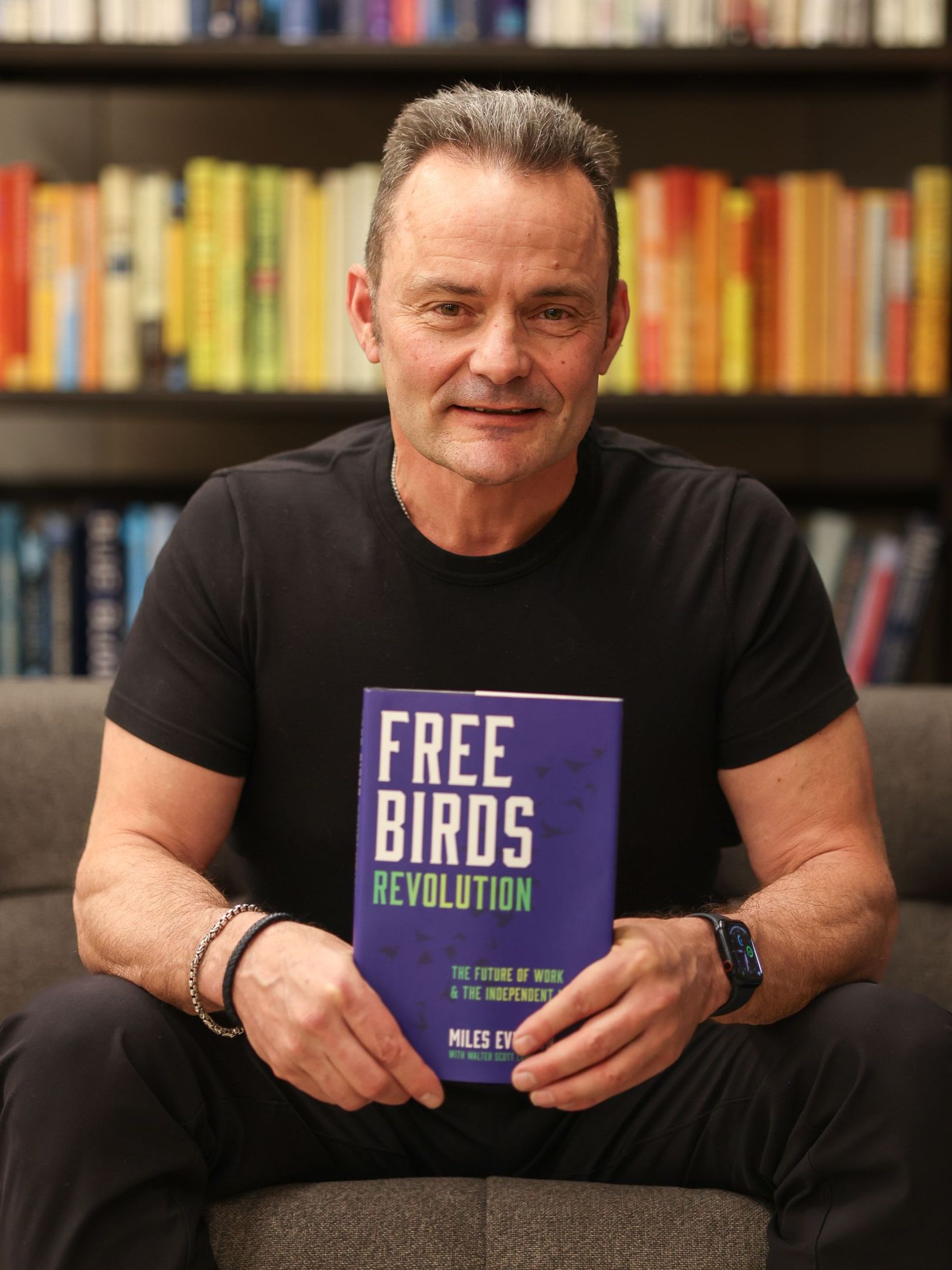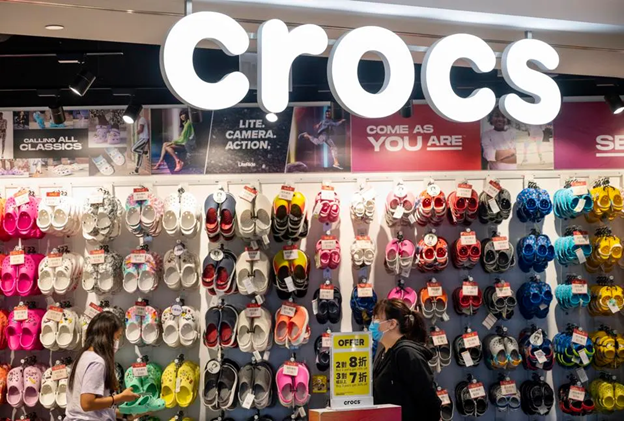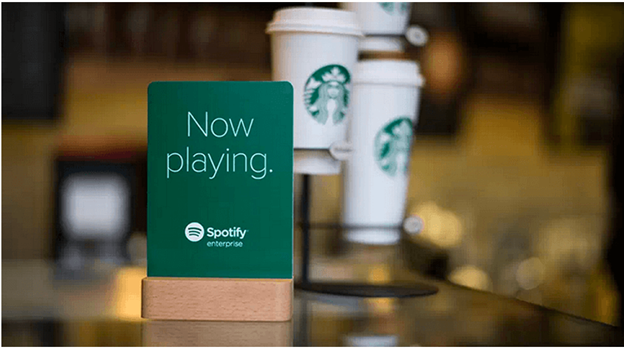Ready for some AD-renaline rush? Here's how a giant billboard gave Times Square passersby a power-up!
| From the desk of Miles Everson: Hi! Welcome to “Gorillas of Guerrilla Marketing!” For those of you who don’t know this yet, guerrilla marketing is an unconventional strategy. Such tactics remind us that marketing our brand or offerings doesn’t always have to be too traditional or “boxed.” Today, let’s talk about a fun and engaging example of this campaign. Keep reading to know more about this beverage brand’s tactic that spread happiness all over Times Square in New York. |
Ready for some AD-renaline rush? Here's how a giant billboard gave Times Square passersby a power-up! Let’s play a game. You’re in New York. Times Square. Lights flash. Screens flicker. Ads shout over each other for your attention. … but wait—something’s different. One giant billboard isn’t just shouting at you. It’s inviting you to play. Welcome to the arcade you didn’t know you needed! This wasn’t just another Times Square spectacle; it was Coca-Cola ’s genius guerrilla marketing move, where a retro video game came to life—on a billboard. Yes, a real, playable billboard towering above the chaos! … and no, this isn’t a dream sequence from a Steven Spielberg film. When Real Magic Meets Real Fun
So, what exactly was this “sorcery”? To amplify the message of Coca-Cola’s “Real Magic” platform—a celebration of unexpected connections and human moments—creative agency Grey, along with marketing operating system WPP Open X and advertising agency Subvrsive, flipped the script on outdoor advertising. Instead of broadcasting to people, they created something people could do together. Their idea? A larger-than-life game inspired by vintage arcade vibes! You know, pixel art, bleepy sound effects, and simple, wholesome joy—it’s the kind of stuff that makes even the most serious adult go, “OMG, I remember this!” The twist in the strategy? Passersby didn’t need a controller. All they needed was their smartphone and a willingness to hit “start.” Here’s how Coca-Cola’s Playable Billboard played out: The campaign team deliberately designed Coca-Cola’s billboard in Times Square to be a functional video game screen. Passersby scanned a QR code, jumped onto a mobile browser, and instantly transformed their phones into controllers—navigating retro Coca-Cola-themed challenges as the world watched.
No app downloads. No complicated setup. Just real-time play between total strangers, controlling a giant video game projected into the sky. It was like “Street Fighter” meets “Mario,” but powered by the joy of fizzy drinks and spontaneity! Here’s where things got even cooler: These weren’t just private little solo sessions in Times Square. The billboard turned public play into a spectator sport, where strangers huddled together to watch, cheer, and sometimes coach whoever was brave enough to take the controls.
See? In the middle of one of the world’s most chaotic intersections, Coca-Cola created a moment of unity. Clearly, the campaign wasn’t just about likes or followers; it was also about real magic and in-person fun! Was Coca-Cola’s Playable Billboard effective? If you thought this was all just for the vibes, think again. After all, this campaign didn’t just entertain; it performed. Below are some of its results:
Let’s put it this way: Coca-Cola didn’t just advertise. It entertained, delighted, and quite literally played its way into people’s memories. Kudos, Coca-Cola, Grey, WPP Open X, and Subvrsive! The key takeaway here? In a world where most brands are still trying to figure out how to get people to stop scrolling, Coca-Cola said, “Let’s get them to look up.” The Playable Billboard is proof that guerrilla marketing isn’t about shouting louder—it’s about thinking differently. It’s about meeting people in their real lives and inviting them into something cool—no hard sells, no algorithms, just joy. … because at the end of the day, marketing isn’t just about reach. It’s also about making someone stop, smile, and maybe even play a little. So, the next time you’re in Times Square, look up. You might just see the next billboard ready to play back. Hope you’ve found this week’s guerrilla marketing insight interesting and helpful. Stay tuned for next Thursday’s Gorillas of Guerrilla Marketing! |

Miles Everson
CEO of MBO Partners and former Global Advisory and Consulting CEO at PwC, Everson has worked with many of the world's largest and most prominent organizations, specializing in executive management. He helps companies balance growth, reduce risk, maximize return, and excel in strategic business priorities.
He is a sought-after public speaker and contributor and has been a case study for success from Harvard Business School.
Everson is a Certified Public Accountant, a member of the American Institute of Certified Public Accountants and Minnesota Society of Certified Public Accountants. He graduated from St. Cloud State University with a B.S. in Accounting.







